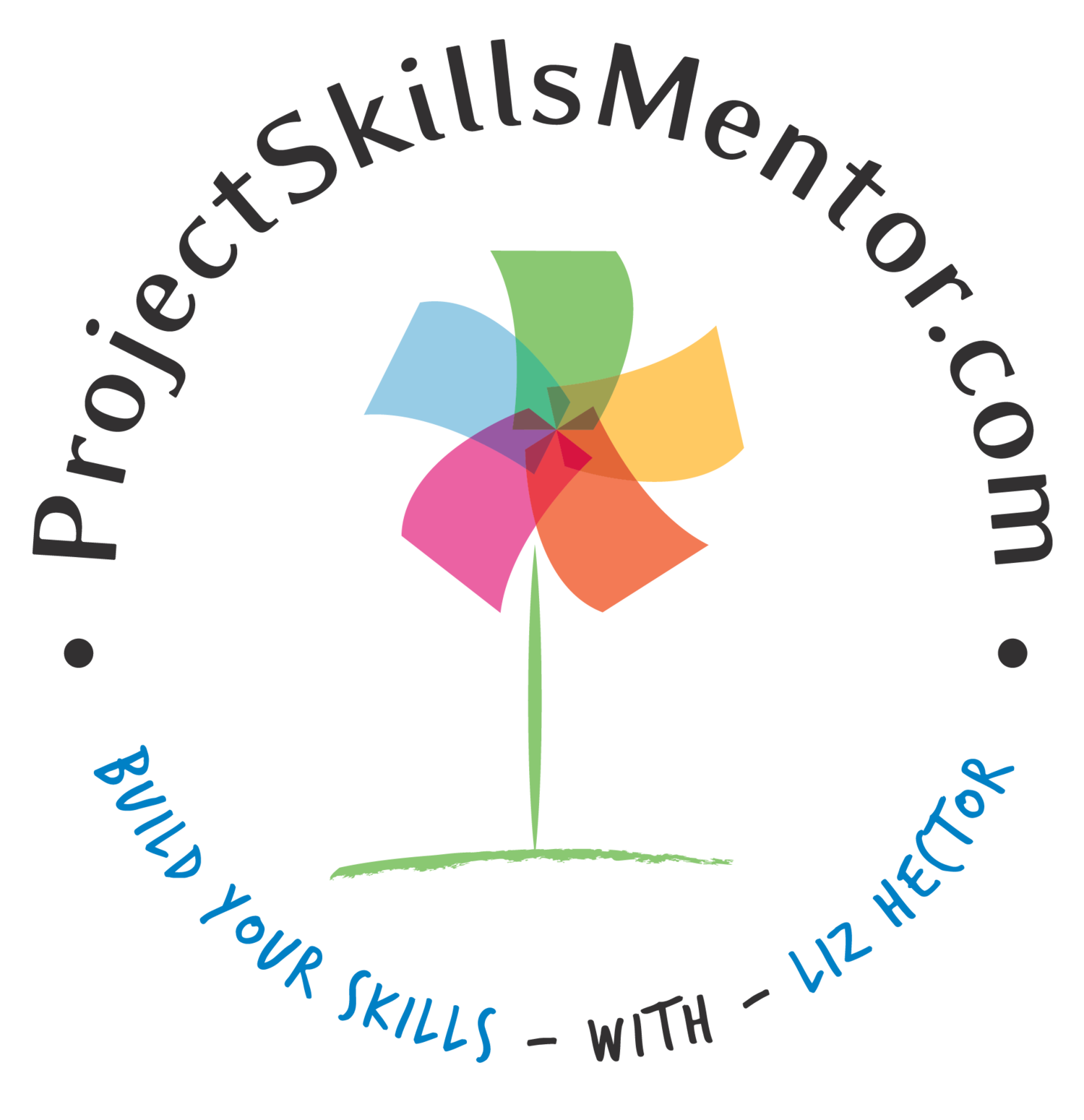Flip the Mentoring Paradigm: Try Reverse Mentoring
Reverse Mentoring is a powerful concept that involves pairing younger, less experienced individuals with more senior professionals to exchange knowledge, insights, and experiences.
Get Started Reverse Mentoring today. You can download my free Guide here.
Mentoring is traditionally thought of as someone senior mentoring someone more junior. That's true, and mentoring works that way in many situations. But, I like to think of mentoring as something mutually beneficial. I have created reverse mentoring programs focusing on the junior staff's perspectives and giving senior managers and executives fresh insights. Reverse Mentoring can also benefit both individuals. I apply my mentorship concept to both roles.
How can Reverse Mentoring help you?
As a senior leader at the company, you can benefit directly from Reverse Mentoring. And help you new colleague achieve their own goals.
Benefit from Fresh Perspectives
If you are the more senior member of the mentorship team, mentoring can help you with fresh insights. Most senior managers and executives have been at their companies and in their positions for years. Working with a new, more junior employee can help you see the company from another point of view—sometimes with more clarity. Understanding the hiring, onboarding, and corporate experience firsthand can be eye-opening. Change and impact start with awareness. Smart executives understand the power of information in transforming their organization to attract new talent.
Build Your Skills
Everyone can benefit from learning new skills. Lifelong learning should be a goal for long-term and newer employees. Reverse Mentoring is a great way for new graduates to share the latest AI, Marketing, or Data Security innovations. Often, entry-level staff are more fundamentally in tune with ideas and the user experience than senior staff.
The executive likely has access to information but may need to gain practical knowledge about the use cases and navigate updated tech. Asking for help is important in reinforcing a learning culture. It also gives the new employee a chance to shine and build confidence.
Learn to Grow Talent
Every leader wants to understand how to grow top talent and how to do so in a way that resonates with new employees. As a leader, your goal is to inspire people. To do that, you will want to learn what's important to new employees and their expectations and ambitions. Help them understand the organization and how they can succeed. If you see their potential, put their name forward for new opportunities. Be honest about where they need to build skills and give them options for coaching and on-the-job training.
Reverse Mentoring doesn’t just help the senior role in the relationship. If you are a new or junior member of the partnership, you will benefit too.
Share What You Know
You may have a unique perspective as a new grad or experienced hire from another company. Be willing to share what you know, both the big and the little stuff. Helping an executive learn the latest system changes or how to navigate a new app can be the start of a great mentoring opportunity.
Mentoring can help you to build your network and be considered for upcoming projects and roles.
Learn What You Don't Know
Nobody likes a know-it-all, so don't be one. Be willing to take direction about the new company you have joined. Don't share ideas from your gut; research and come to discussions prepared. If asked about your experience as a new employee, be open and honest but also balanced and fair. Words matter, so choose well. You are trying to share and inform, not embarrass and insult.
Even if you have work experience, companies need to find ways to address issues. Be aware of differences and learn how to fit into the culture you are in. Find out how the informal organization works. Your reverse mentoring partner can be a great source for this information.
Finding out the process for getting top roles, promotions, and pay raises can be critical to fast-tracking your career. If you can, ask your mentoring partner for an honest evaluation and information about the formal and informal processes within the organization. Learning what you don’t know about how the organization works can make you a savvy rising star.
Ask What is Expected of You
You likely have expectations; your new company will, too. Some of these expectations may be explicit; others may be implied. Find out what your partner is expecting of new employees in general. If appropriate, dive into expectations related to you and your role. Ask about resources to help you get fast-tracked in the new culture. This can include:
Internal coaching
On-the-job training
Suggested learning programs
New employee groups
Mentoring programs
How to Share the Right Things in the Right Way
The key to Reverse Mentoring is listening and learning. “Talking down” and being critical is not helpful to the process or the relationship.
Learn to listen, reflect, and confirm messages before reacting. And follow a few tips for better results.
Share ideas and information positively, proactively, and constructively.
Find out what the other person knows before launching into detail - they may know more about a specific topic than you do.
Offer practical examples and assistance where possible.
Do your homework. If you share data or insights, make sure to include your facts.
Always look for ways to be 'even better' - find the growth in each conversation.
How to Get Started with Reverse Mentoring?
When starting a Reverse Mentorship program, there are several key steps to consider.
1. Define each of your Objectives: Confirm your mutual objectives and goals of the Reverse Mentorship program. Start by providing some background and then determine goals for each party. This will help set the program's direction, timing, and purpose. Confirm if this will be a short introduction and information-sharing moment or a longer-term plan and project.
2. Share Expertise and Knowledge: Define what levels of individuals make sense for mentorship. Look for individuals with the expertise and knowledge that both can benefit from. Consider what skills, industry insights, and subject matter expertise each brings to augment the other's capabilities.
3. Establish Guidelines and Expectations: Establish clear guidelines and expectations for mentorship. Define the frequency and duration of meetings, preferred communication methods, and other parameters to help structure the mentorship program. This will ensure that both parties understand their roles and responsibilities.
4. Continuous Learning and Growth: Ensure that reverse mentoring allows both parties to learn and grow. Work with Partners who actively seek opportunities to expand their knowledge and skills. Reverse Mentoring is sustainable when both people benefit.
5. Provide Training and Support: Offer training and support to both mentors and mentees to enhance their mentoring skills and ensure a successful mentorship relationship. This can include workshops, resources, or access to mentoring networks. Provide a platform for mentors and mentees to share their experiences, ask questions, and seek guidance throughout the program.
And don't forget to fast-track your process with my free Reverse Mentoring Guide, see the box above for the free downloadable.




